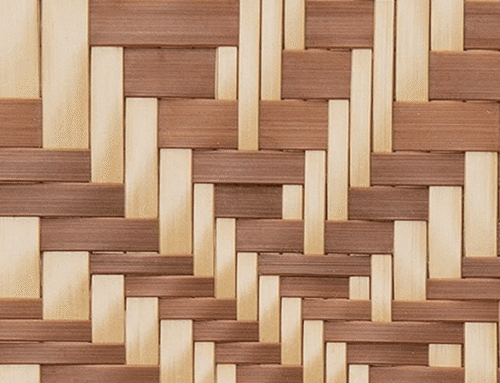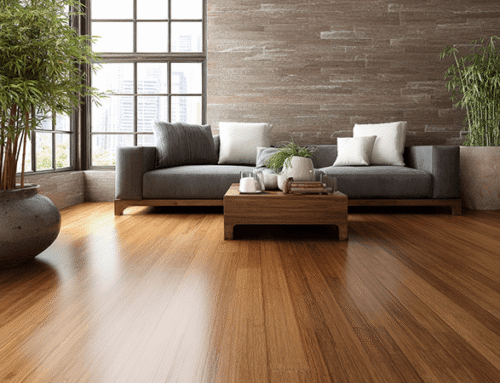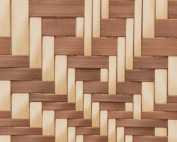The Journey of Sustainable Bamboo: From Farm to Eco-Friendly Products
Bamboo is a versatile and sustainable material that can be used to create a wide variety of products, from furniture to building materials to textiles. However, not all bamboo products are created equal. In order to ensure that the bamboo products we use are sustainable and environmentally responsible, it is important to understand how they are made.
The process of making sustainable bamboo products begins with responsible bamboo farming practices. Unlike traditional wood farming, which often involves clear-cutting forests and leaving behind wasteland, bamboo farming is a sustainable practice that can actually help to improve the environment. Bamboo is a fast-growing grass that requires very little water, pesticides, or fertilizers to grow. It also helps to prevent soil erosion and provides a natural carbon sink, making it an ideal crop for sustainable agriculture.
Once the bamboo has been harvested, it is transported to a processing facility where it is cleaned, cut, and dried. The outer layer of the bamboo is removed, leaving only the inner, solid bamboo stalk. This stalk is then cut into strips or fibers, depending on the intended use of the product.
For bamboo textiles, the bamboo fibers are spun into yarn and then woven into fabric. This process is similar to the production of cotton textiles, but with a much lower environmental impact. Bamboo requires far less water and pesticides to grow than cotton, and the production of bamboo fabric requires less energy and produces less waste than traditional textile production.
For bamboo building materials and furniture, the bamboo strips are typically laminated together using a non-toxic adhesive. This creates a strong, durable material that can be used in place of traditional wood products. Bamboo plywood, for example, is a popular alternative to traditional plywood for its strength and durability, as well as its sustainability.
Finally, sustainable bamboo products are finished using non-toxic coatings or stains. This ensures that the final product is not only eco-friendly, but also safe for use in our homes and workplaces.
In conclusion, sustainable bamboo products are made using responsible farming practices, non-toxic processing methods, and eco-friendly finishes. By choosing bamboo products that are made using these sustainable methods, we can reduce our impact on the environment and support a more sustainable future.
Share This Story, Choose Your Platform!
Table of Content
Join Our Newsletter
Latest Posts
Copyright 2020 – 2030 Well Nature Bamboo
All Rights Reserved!







